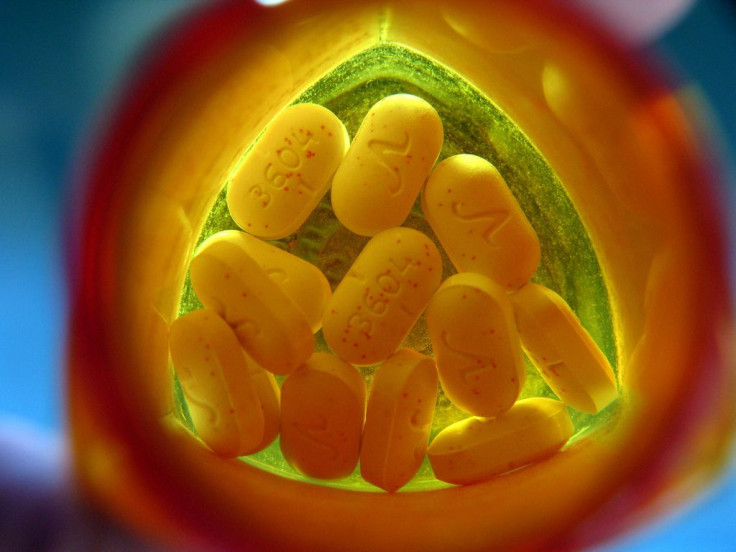Substance Abuse: Over 90% Of People Who Overdose On Prescription Painkillers Continue To Use Them Anyway

An unfortunate reality of drug and alcohol addiction is relapsing. It’s also very common, since between 70 and 90 percent of recovering addicts suffer at least one mild to moderate slip. A brush with death simply isn’t enough to stop most addicts from using, though. A recent study published in the journal Annals of Internal Medicine has found that nearly all patients with chronic pain who have suffered a prescription opioid overdose continue to receive their prescription after the fact and face a higher risk for another overdose.
Researchers from the American College of Physicians used a large national commercial insurance claims database with information on 50 million patients over a 12-year period, known as Optum, to conduct their study. They focused their research on around 3,000 patients who had experienced a nonfatal overdose while taking opioids that were prescribed to them for chronic pain. Results of the analysis showed that 91 percent of patients continued to receive their prescription for opioids after the overdose.
Among these patients, 70 percent continued receiving their prescription from the same provider who prescribed the opioids that led to their initial overdose. When the research team followed up with participants after two years, they found that patients who continued taking high doses of opioids were twice as likely to suffer another overdose compared to people who discontinued their opioid use following their initial overdose.
If the researchers were to ask patients about the nature of their drug addiction, I’d wager that only a few would admit to actually having a drug addiction, based on my very personal relationship with addiction. As many people like I have learned, addiction to prescription opioids is only a precursor for their eventual jump to heroin. As someone’s tolerance for prescription opioids grows and the street value of these drugs stays the same, the allure of heroin becomes all that more enticing. Pretty soon paying half the price for a high that is comparable or even better just seems like the right decision.
Treating addiction is not as cut and dry as treating other conditions that are either physical or psychological — drug and alcohol addictions are both. Although most people, including alcoholics and addicts, would define Alcoholics Anonymous and similar fellowships as a type of addiction treatment, they are not. Instead, they are considered a means for living a life that does not require the use of drugs and/or alcohol. Unfortunately, the majority of people who make an effort to get sober end up suffering a slip. What’s more unfortunate is how easy a relapse can be triggered.
Studies have shown there are various factors that can end in a relapse. From listening to a song that reminds them of their using days to running into old buddies they used with, an addict's next relapse could be right around the corner. While opioid abuse and heroin overdoses are on the upswing, the number of people getting treatment for addiction has remained stagnant. Defending yourself from potential relapse triggers is an addict’s only recourse for continued sobriety. There are common warning signs for a relapse that every recovering addict should be able to recognize as soon as they start.
Source: Annals of Internal Medicine. 2015.



























